How To Swim Without Getting Tired
Swimming has a magical way of making you feel both light and powerful — until fatigue kicks in and every stroke feels like dragging a bag of wet sand. Knowing how to swim without getting tired isn’t just about having strong muscles; it’s about combining technique, breathing, and mindset in perfect harmony. At HydroSplash Swimming Academy, we specialise in helping swimmers of all levels learn the art of swimming efficiently, so they can enjoy the water without constantly battling exhaustion.
Why Fatigue Happens In The Water
The first thing to understand is that fatigue in swimming often comes from poor technique rather than a lack of strength. When your body position is off or your breathing is irregular, you end up fighting against water resistance instead of working with it. That’s why in our endurance-focused training programs, similar to the ones we use in our School Holiday Swimming Lessons, we place as much emphasis on form as we do on fitness.
Research by ActiveSG showed that swimmers who corrected their body alignment and breathing patterns saw a 25% improvement in lap completion rates before fatigue set in. That’s proof that efficiency trumps brute force in the pool.
Perfecting Your Body Position
If your legs sink, your arms overreach, or your head rides too high, you’re essentially swimming uphill — and that burns energy quickly. The key is to keep your body as horizontal as possible, with your head in line with your spine. In freestyle, imagine your body as a long, sleek arrow cutting through the water. Our coaches often use visual cues like “swim tall” to help swimmers keep a streamlined position.

Breathing For Endurance
One of the fastest ways to tire yourself out is holding your breath underwater. At HydroSplash, we teach continuous exhalation underwater followed by a quick, calm inhale at the surface. This rhythm not only keeps oxygen flowing but also prevents the panicked gasps that sap your energy.
For competitive and recreational swimmers alike, breathing should be integrated smoothly into the stroke. In freestyle, turning the head just enough to clear the mouth without lifting keeps the body streamlined. This small adjustment can save surprising amounts of energy over long distances.
Pacing Like A Pro
It’s tempting to start every swim at full speed, but that’s the quickest way to burn out. Just like running a marathon, swimming well over longer distances requires pacing. We coach swimmers to start at a controlled pace, find a comfortable rhythm, and gradually increase intensity if needed.
During training, we often use interval sets — alternating between faster and slower laps — to help swimmers recognise their sustainable pace. This method builds stamina while giving the body short recovery windows.
Using The Right Muscles At The Right Time
Many beginner swimmers overuse their arms while letting their legs drag along for the ride, or vice versa. In reality, the arms and legs should work together, supported by strong core engagement. The core keeps your body stable and aligned, allowing your limbs to move efficiently without unnecessary strain.
Our Best Swim Workouts To Improve Your Stamina guide explains how targeted core exercises, like flutter kicks and sculling, can drastically improve your swimming endurance.
Mental Endurance And Relaxation
Swimming is as much mental as it is physical. Tension in the water burns energy fast. That’s why we incorporate relaxation drills, like slow backstroke laps or floating, to help swimmers release unnecessary muscle tension. The more relaxed you are, the less energy you’ll waste — and the more enjoyable your swim will be.
We’ve seen countless swimmers who used to feel wiped out after just a few laps now complete long sessions feeling fresh, simply because they learned to trust the water and pace themselves.
HydroSplash’s Approach To Endless Energy In The Water
At HydroSplash Swimming Academy, we tailor training to each swimmer’s current stamina, skill level, and goals. Our approach blends technical refinement, targeted endurance training, and confidence-building exercises to ensure swimmers not only last longer in the water but also enjoy every moment they’re there.
The result? Swimmers who glide through the pool with ease, conserving energy and building resilience lap after lap.
Final Thoughts On How To Swim Without Getting Tired
Swimming without getting tired isn’t about sheer willpower — it’s about swimming smarter. With the right body position, breathing rhythm, muscle engagement, and pacing strategy, you can swim farther, faster, and with less effort.
If you’re ready to experience this transformation, join us at HydroSplash Swimming Academy. Our expert coaches are here to refine your technique, boost your stamina, and help you unlock your full potential in the water.
Click on the link to find out more about HydroSplash Swimming. Chat with our representatives today!
About HydroSplash Swimming
Adult Swimming Lesson
Private Swimming Lesson
Kids Swimming Lesson
Whatsapp Us

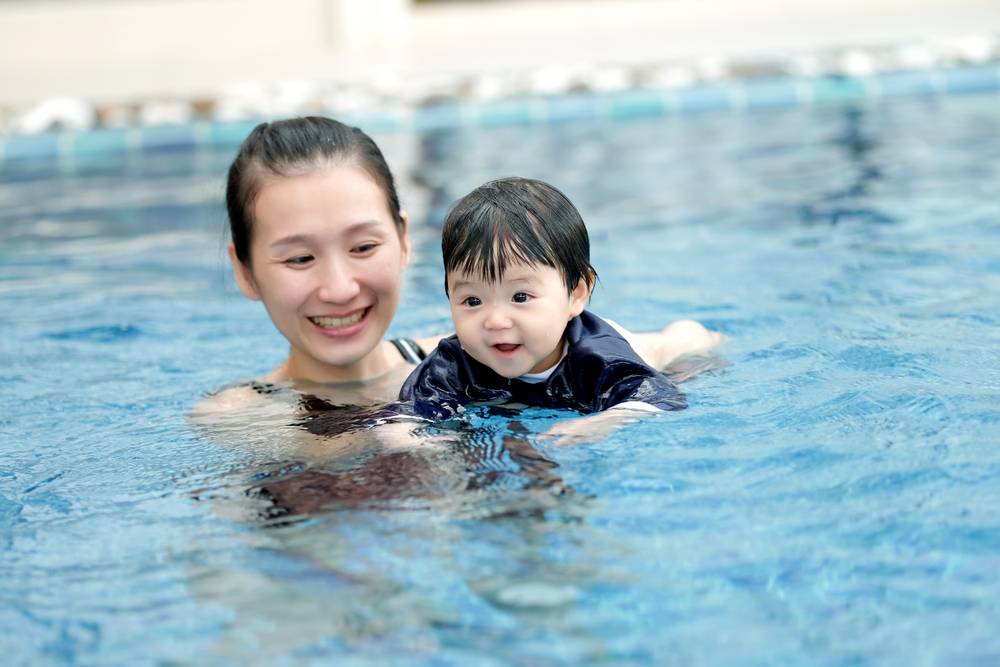
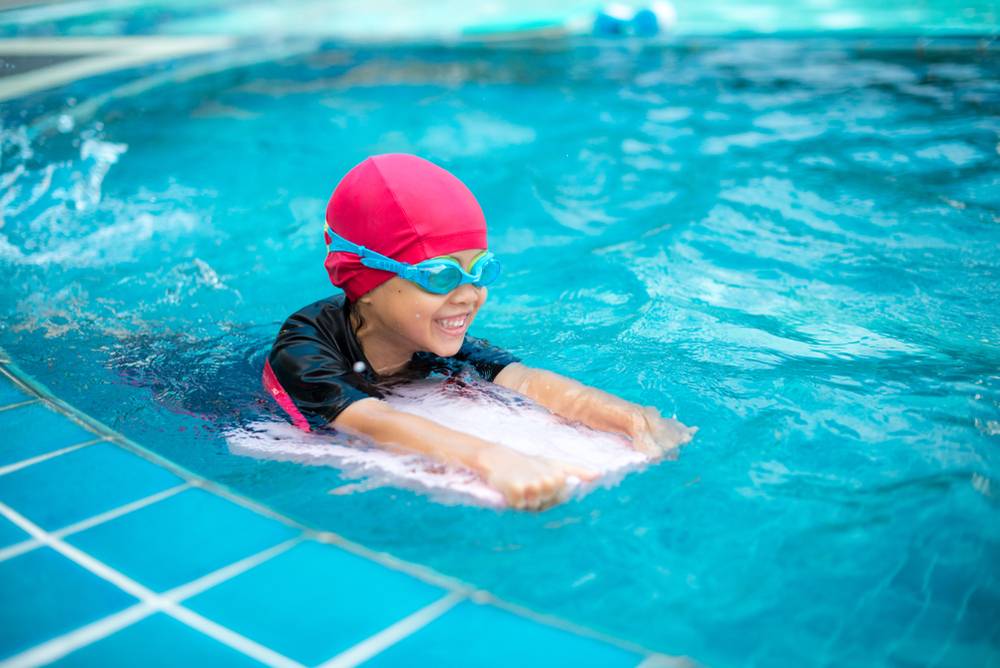
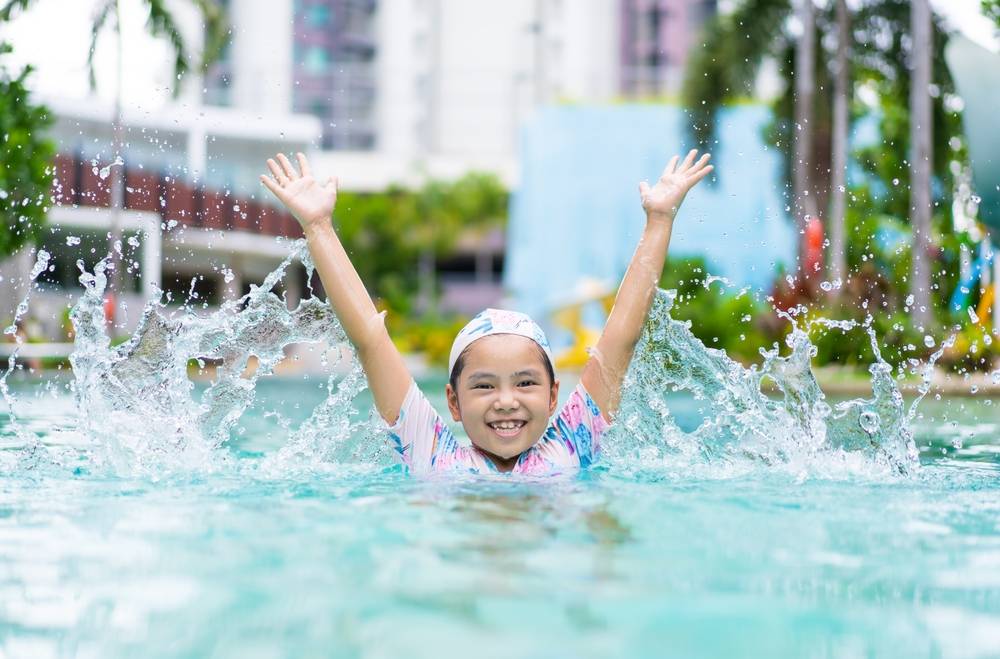
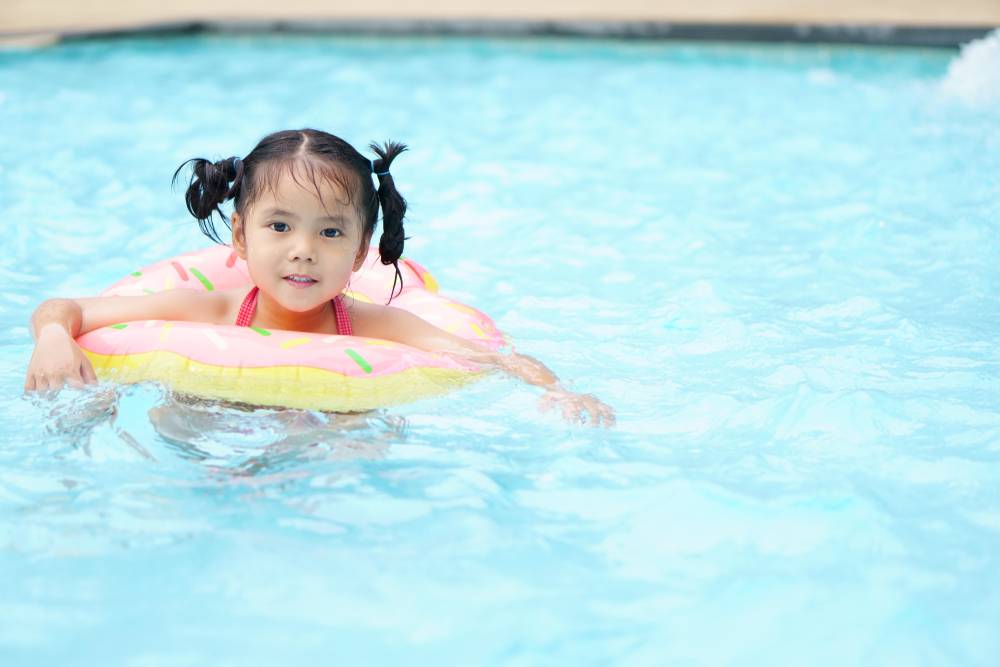
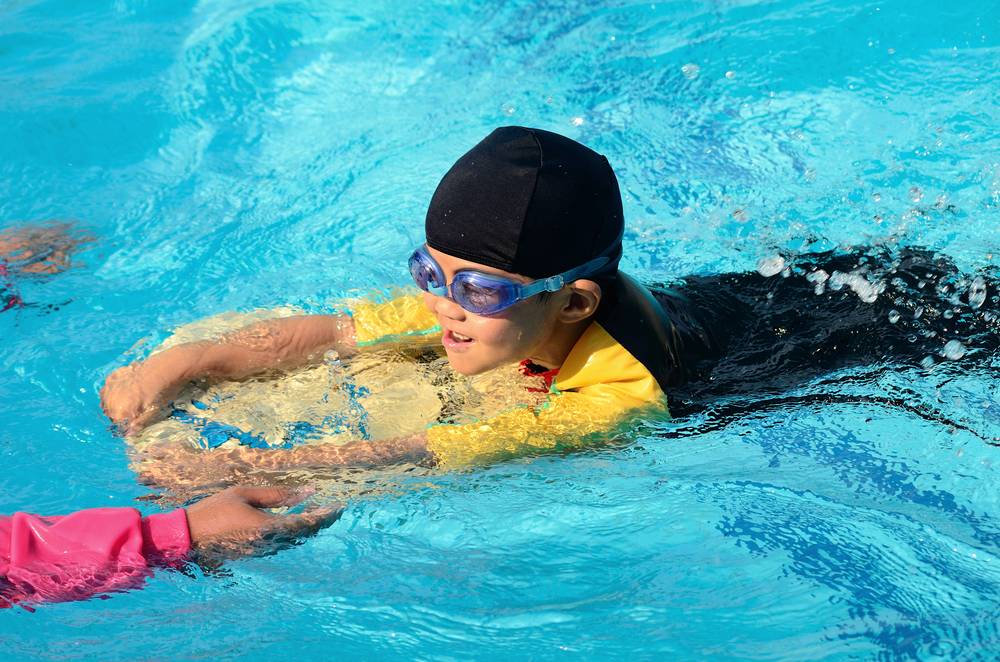
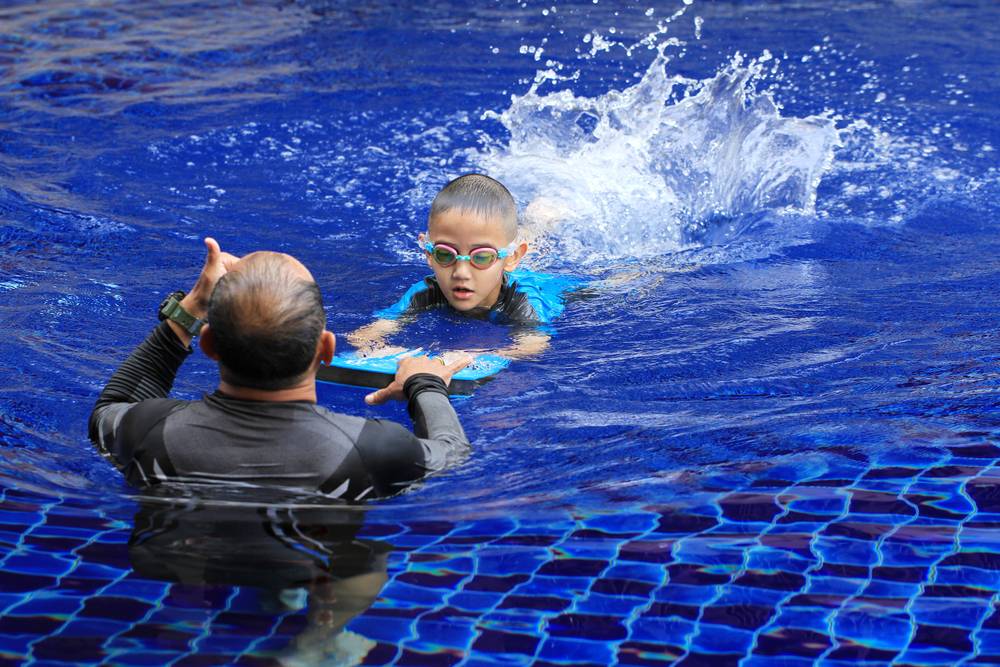
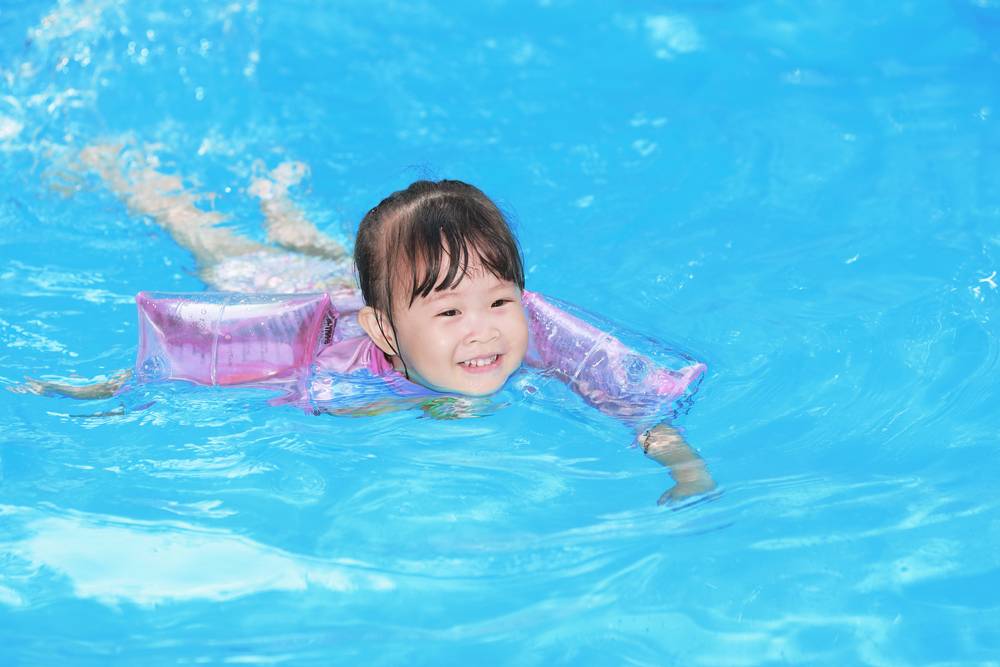
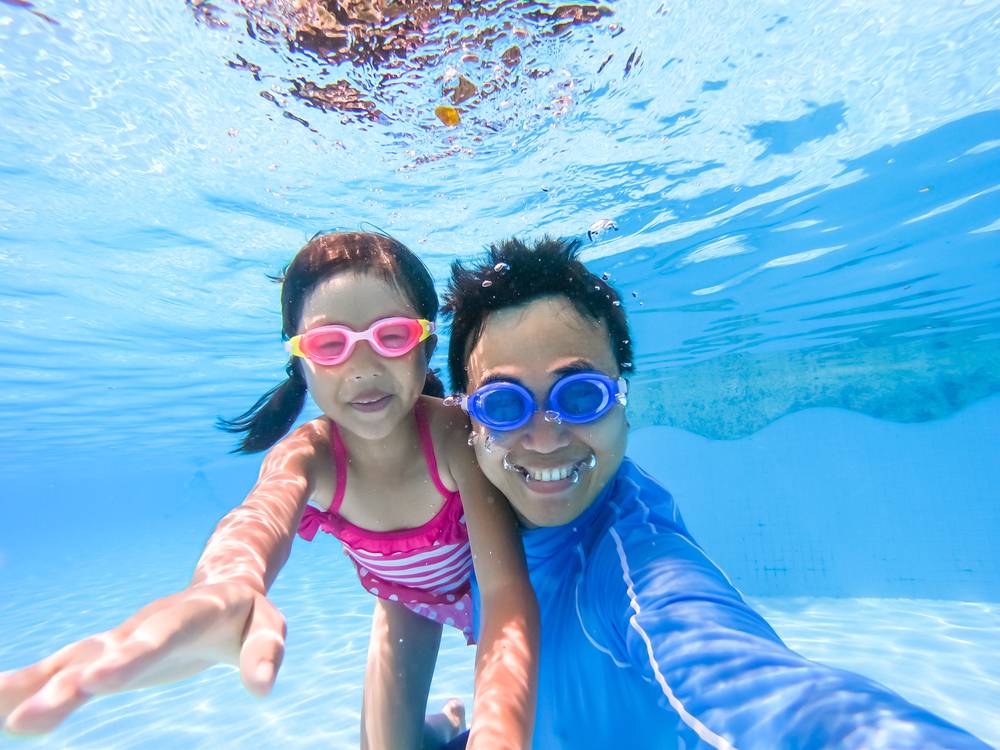
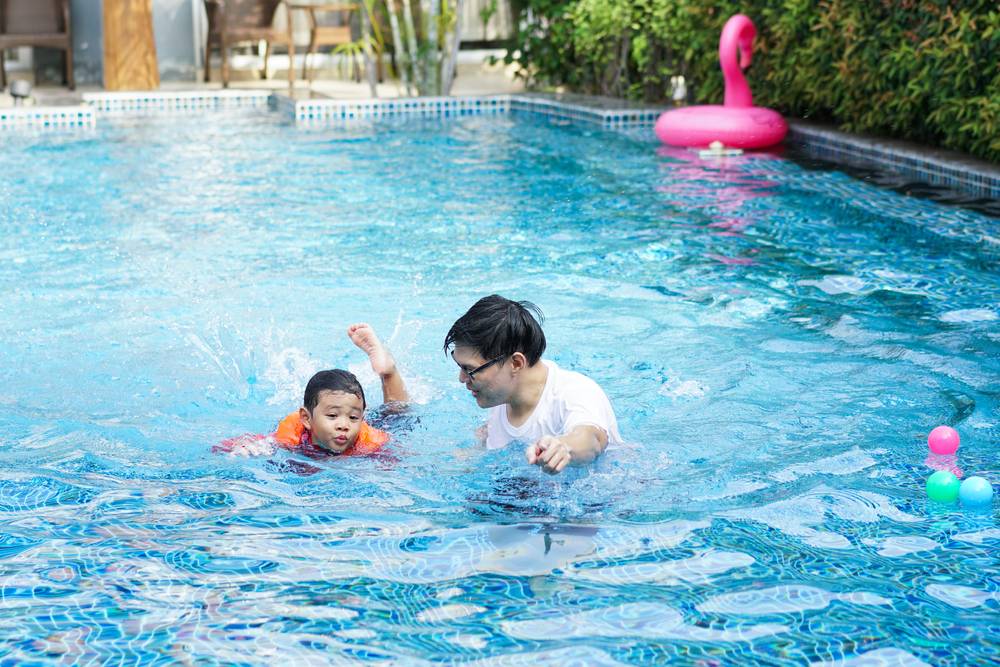
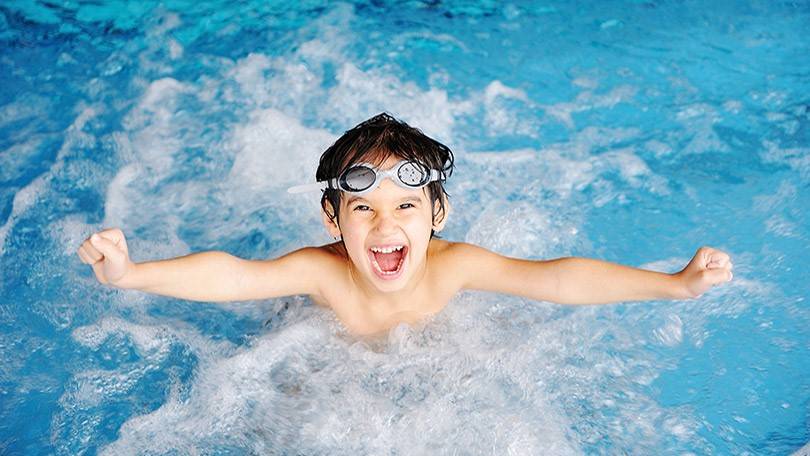
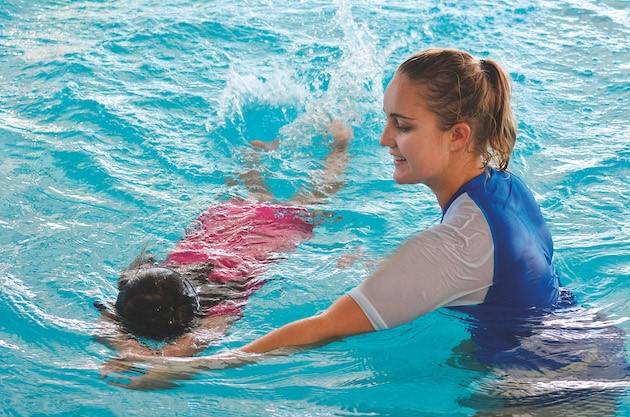
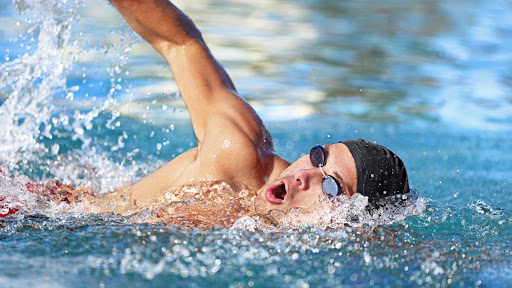
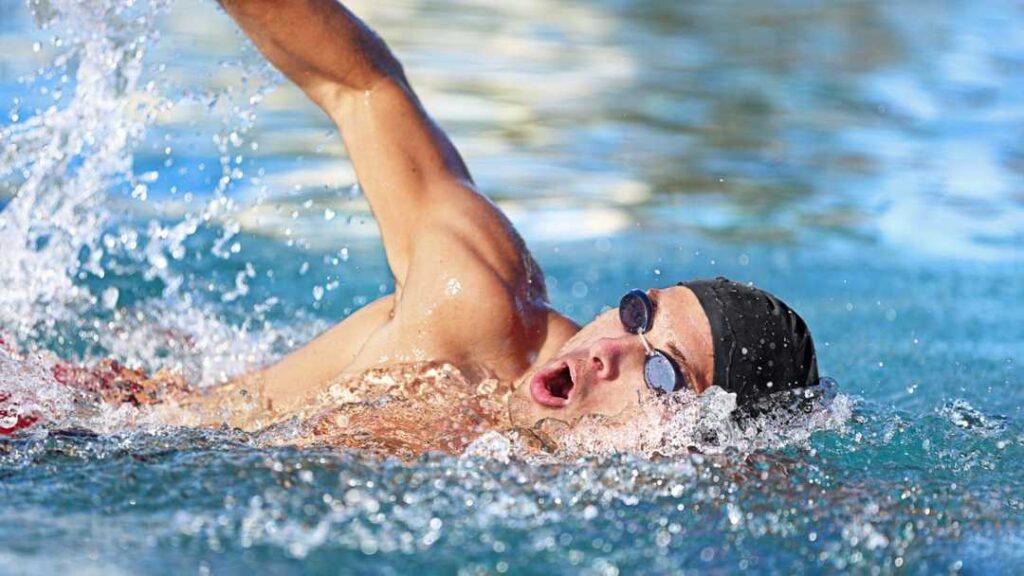

Pingback: How Adults Learn To Swim | HydroSplash Swimming